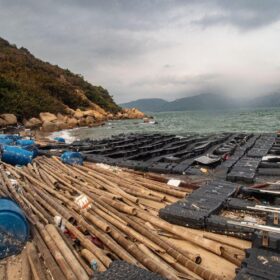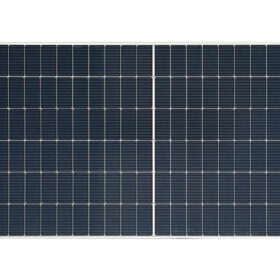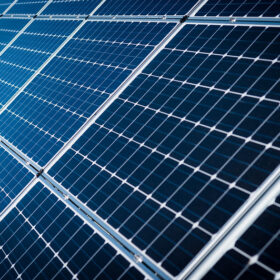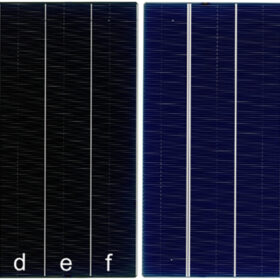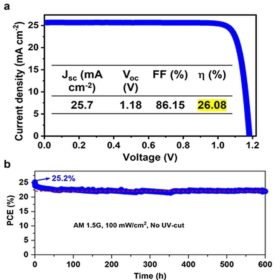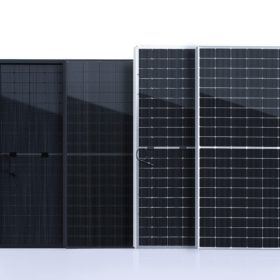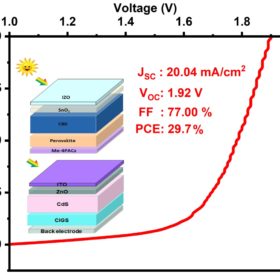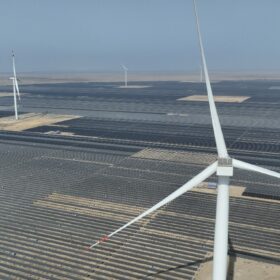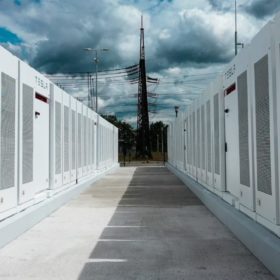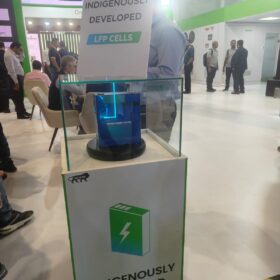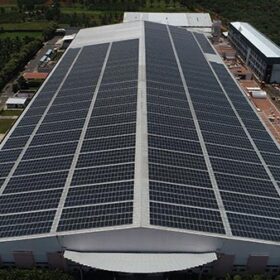Floating PV system mysteriously washes up on Hong Kong beach
A local environmental organization has published pictures of the stranded array which appeared last week on two beaches. Hong Kong’s Agriculture, Fisheries and Conservation Department is currently investigating where the installation came from.
SDN unveils 595 W solar module with 21.28% efficiency
South Korea’s SDN has developed new bifacial solar modules based on M10 wafers. It claims the new panels are the largest to be produced in South Korea.
PV product prices resume downward trend, says TrendForce
TrendForce says polysilicon will be 3.2% cheaper in March than in February. This will lead to lower wafer, cell and module prices and will effectively spur installation demand.
TOPCon shingle solar cell achieves 22.0% efficiency via thermal laser separation
Scientists from Germany’s Fraunhofer ISE and US panel maker Solaria have applied thermal laser separation and post-metallization passivated edge technology to tunnel oxide passivated contact (TOPCon) cell production. They have developed shingle PV devices that are more efficient than cells built with conventional laser scribing and mechanical cleaving methods.
Perovskite alkylammonium chloride solar cell achieves 26.08% efficiency
The US National Renewable Energy Laboratory (NREL) has certified that a South Korean research team has achieved a 25.73% efficiency rating with a perovskite PV cell based on alkylammonium chlorides. The champion device built by the scientists reached an efficiency of 26.08%.
SEG Solar releases 580 W TOPCon solar modules with 22.45% efficiency
California-based SEG Solar says its new panels have a temperature coefficient of -0.30% per degree Celsius. They come with a 30-year power output guarantee for 87.4% of the initial yield.
Inverted perovskite solar cell achieves 23.9% efficiency, high durability
A US-Canadian group of scientists has used Lewis base molecules to improve surface passivation in a perovskite solar cell. The team produced a device with a high open-circuit voltage and remarkable stability levels.
Perovskite-CIGS tandem solar cell design promises 29.7% efficiency
A numerical study by researchers at India’s Chitkara University shows enhanced performance in the top device of a tandem solar cell based on copper indium gallium selenide (CIGS). The design had a higher open-circuit voltage, with the top cell acting as a current-limiting cell.
Longi raises wafer prices as polysilicon hits $34.98/kg
The China Nonferrous Metals Industry Association (CNMIA) said that prices for monocrystalline silicon ranged from CNY 222 ($32.30)/kg to CNY 248/kg last week, up 31.37% from the middle of January. Longi, meanwhile, has raised its wafer prices by more than 15%.
US scientists improve photoresponsivity in solar perovskite by 250%
Researchers led by the University of Rochester claim to have increased the photoresponsivity of a lead-halide perovskite for solar cell applications by 250%. They created a perovskite film with a plasmonic substrate made of hyperbolic metamaterial and characterized it with transition dipole orientation.

